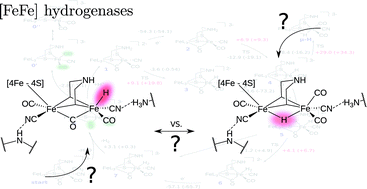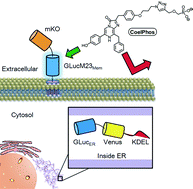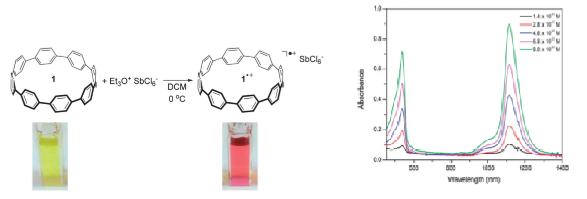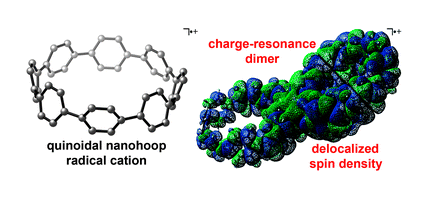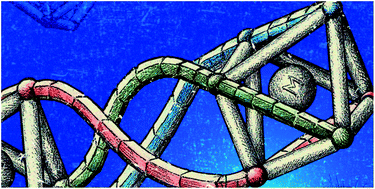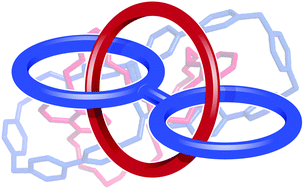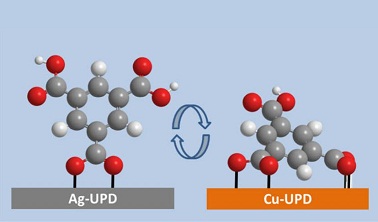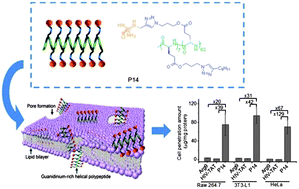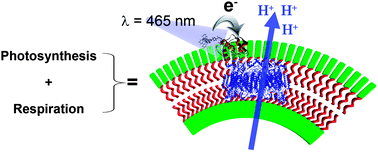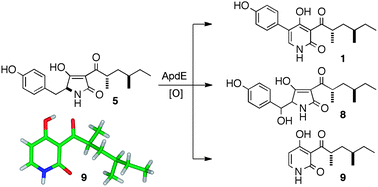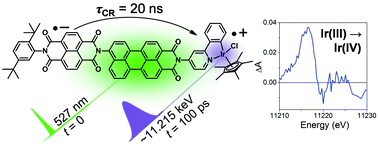Researchers from South Korea have reported the chemical modification of graphene nanoplatelets using a solid-state technique, which has led to a dramatic improvement in their solubility in a wide variety of solvents.

(a) Mechanochemically driven solid-state Diels–Alder reaction between active carbon species by ball-milling in the presence of maleic anhydride (MA) or maleimide (MI). SEM images: (b) pristine graphite, (c) MA-GnPs, (d) MI-GnPs.
Graphene, a single-layer two-dimensional sheet of aromatic carbon atoms, has attracted a lot of interest since the realization of its unique electric, optical, mechanical and thermal properties. These properties can be further exploited and improved upon the functionalization, either covalently or non-covalently, of the graphene surface. The catch-22 is that unfunctionalized graphene is inherently insoluble, making it difficult to modify chemically, but its properties can typically be improved solely through chemical modification. As a result, much work has been carried out to develop methods of facilitating the covalent modification of graphene – in higher yields and more easily than currently possible.
Jong-Beom Baek and his team at the Ulsan National Institute of Science and Technology (UNIST) have achieved such a feat by increasing the solubility of graphene nanoparticles using, for the first time, a dry ball-milling reaction. Using Diels-Alder [4+2] cycloaddition reactions between graphene nanoplatelets (derived from the ball-milling of graphite) and either maleic anhydride or maleimide, O and N atoms were selectively introduced to the edges of graphene nanoplatelets in reasonable yields. As a result, the nanoplatelets showed good dispersability in both protic and polar aprotic solvents, including in neutral water. This is a significant achievement, as the Diels-Alder reaction allows for a large range of functional groups to be attached to the graphene edges and offers a general method for the chemical modification of graphene.
– by Anthea Blackburn
Read this HOT ChemComm article in full!
Mechanochemically driven solid-state Diels–Alder reaction of graphite into graphene nanoplatelets
Jeong-Min Seo, In-Yup Jeon and Jong-Beom Baek
Chem. Sci., 2013, Advance Article
DOI: 10.1039/C3SC51546J, Edge Article
Anthea Blackburn is a guest web writer for Chemical Science. Anthea is a graduate student hailing from New Zealand, studying at Northwestern University in the US under the tutelage of Prof. Fraser Stoddart (a Scot), where she is working on the incorporation of porphyrins into topologically interesting and mechanically interlocked molecules. When time and money allow, she is ambitiously attempting to visit all 50 US states before graduation.



